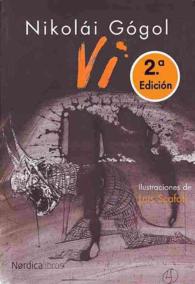基本説明
Shows the kinds of things composers do with borrowed musical ideas, and discusses why a composer would choose to deploy such allusions.
Full Description
When a critic pointed out to Brahms that the finale theme in his First Symphony was remarkably similar to the Ode to Joy theme in Beethoven's Ninth, he is said to have replied: "Yes indeed, and what's really remarkable is that every jackass notices this at once." Not every musical borrowing is quite so obvious; but the listener who does perceive one is always left wondering: what does the similarity mean? In this illuminating book Christopher Reynolds gives us answers to that complex question.
Reynolds identifies specific borrowings or allusions in a wide range of nineteenth-century music. He shows the kinds of things composers do with borrowed musical ideas, and discusses why a composer would choose to deploy such allusions. A rich historical background for the practice emerges from his analysis. Musical borrowing touches directly on issues of central importance for nineteenth- and twentieth-century composition: notions of creativity and originality, the constraints of tradition and innovation, musical symbolism and the listener's ear. In clarifying what it can mean when one piece of music invokes or refers to another, Reynolds expands our understanding of what we hear.
Contents
Preface 1. Definitions 2. Transformations 3. Assimilative Allusions 4. Contrastive Allusions 5. Texting 6. Inspiration 7. Naming 8. Allusive Traditions and Audiences 9. Motives for Allusion Abbreviations Notes Acknowledgments Index








